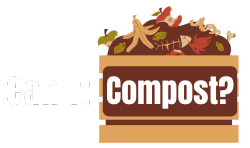Can I Compost Pistachio Shells?
Pistachio shells are easily composted because they are naturally biodegradable and add beneficial carbon to your compost pile.


Sourced & Cited
Pistachio shells are a great addition to your compost bin! They're a hard shell, but they will break down over time, adding valuable carbon to your mix. Just remember to handle them properly for best results.
Compost Classification
Brown (Carbon-rich): Pistachio shells are primarily carbon-rich, contributing to the crucial carbon-to-nitrogen balance needed for effective decomposition. Their dry nature and slow decomposition rate make them a valuable brown material in the composting process.
🌱 Key Nutrients
This item contributes the following nutrients to your compost:
None
🏷️ Tags
Important characteristics to know about this item:
Breaks Down Slowly Use in Moderation Pest Attraction Risk Adds Key Nutrients
⚠️ Potential Risks
- Slow decomposition rate: They may take longer to break down than softer materials.
- Potential for pest attraction if not properly managed within the compost pile.
- Salt content might be an issue in large quantities, impacting the overall balance of nutrients in your compost.
💡 Best Practices
- Crush shells before adding them to your compost pile to speed up decomposition.
- Mix them thoroughly with green materials (such as food scraps) to maintain a balanced carbon-to-nitrogen ratio.
- Ensure adequate moisture levels in your compost pile to promote microbial activity and breakdown.
- Consider burying them deeper in the compost pile to help prevent pest attraction.
